
Overcoming Algal Vitamin B12 Auxotrophy by Experimental Evolution
Plant Physiology, Plant Physiology: News and Views, ResearchVitamin B12 (B12) is produced only by prokaryotes (Fang et al., 2017), but is also widely required among eukaryotes as an enzymatic cofactor. In the green lineage, the only B12-dependent enzyme is methionine synthase. Several green algae can synthesize methionine only thanks to B12 provided by mutualistic…
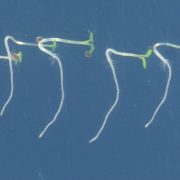
How Do Plants Adapt to Dark and Bright Light Conditions?
Research, The Plant Cell, The Plant Cell: In a NutshellKimura et al. illuminate a molecular mechanism to allow germinating seedlings of Arabidopsis thaliana to adapt to dark and bright light conditions during hypocotyl phototropism. Plant Cell https://doi.org/10.1105/tpc.19.00926
By Taro Kimura and Tatsuya Sakai; Graduate School of Science and Technology,…
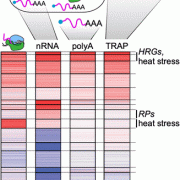
Plant Biology 2020 workshop: Get Your Message Across: A Guide to Artwork and Illustrations for Better Impact and Clarity
Blog, Pubs PagesAttending PB20? Join the ASPB publications team, including editors of The Plant Cell, Plant Direct, and Plant Physiology, for a live discussion about making great figures and illustrations!
Wednesday, July 29, 1:30-2:30 EDT.
This workshop will cover the production of artwork and illustrations that…
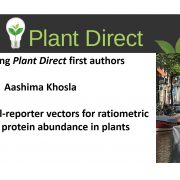
Recognizing Plant Direct authors: Aashima Khosla
Plant Direct, Plant Direct: Author ProfilesAashima Khosla, first author of A series of dual-reporter vectors for ratiometric analysis of protein abundance in plants
Current Position: Postdoctoral Research Fellow, Department of Botany and Plant Sciences, University of California, Riverside, USA
Education: PhD in Biochemistry and Molecular…
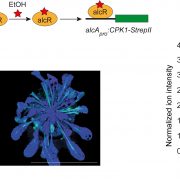
Calcium signaling in senescence
Research, The Plant Cell, The Plant Cell: In a NutshellDurian et al. searched for phosphorylation substrates of Arabidopsis CALCIUM DEPENDENT PROTEIN KINASE1 and found that it phosphorylates ORE1, a master regulator of senescence, demonstrating a link between calcium signaling and cell death. Plant Cell https://doi.org/10.1105/tpc.19.00810
By Guido…
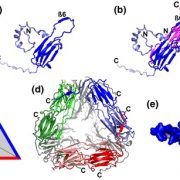
Review: Plant small heat shock proteins – evolutionary and functional diversity (New Phytol.)
Plant Science Research WeeklyHeat shock proteins are rapidly induced by heat treatment and were among the first plant genes and proteins characterized in the early days of molecular biology, nearly 40 years ago. Waters and Vierling review the family of small heat shock proteins (sHSPs), which has been especially amplified in plants…

Review. Plant immunity: Danger perception and signaling (Cell)
Plant Science Research WeeklyResearch from the last three decades has discovered many genes and pathways involved in plant immunity and how they are connected. Here, Zhou and Zhang highlight new research regarding activation and signaling of cell surface pattern recognition receptors (PRRs) and intracellular nucleotide-binding,…
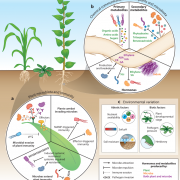
Review. The plant microbiome: From ecology to reductionism and beyond (Annu. Rev. Microbiol.)
Plant Science Research WeeklyThe last two decades have witnessed tremendous progress in our understanding of plant microbiota. Fitzpatrick, Salas-González et al. highlight recent discoveries from culture-dependent and culture-independent approaches and discuss the future path towards integrating these approaches. Culture-independent…

Convergent loss of plant immune receptors and signaling pathways (Plant Cell)
Plant Science Research WeeklyNucleotide-binding leucine-rich repeat receptors (NLRs) are important components of the plant immune system. They are intracellular receptors that act downstream of the cell-surface receptors, and initiate the so-called effector-triggered immunity (ETI). In most plants, the NLR gene family is large and…

